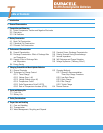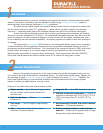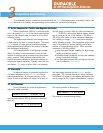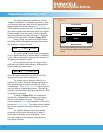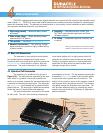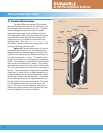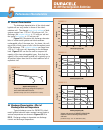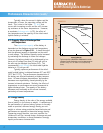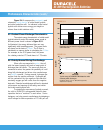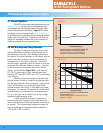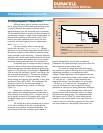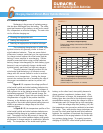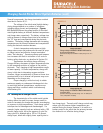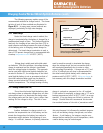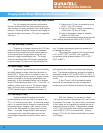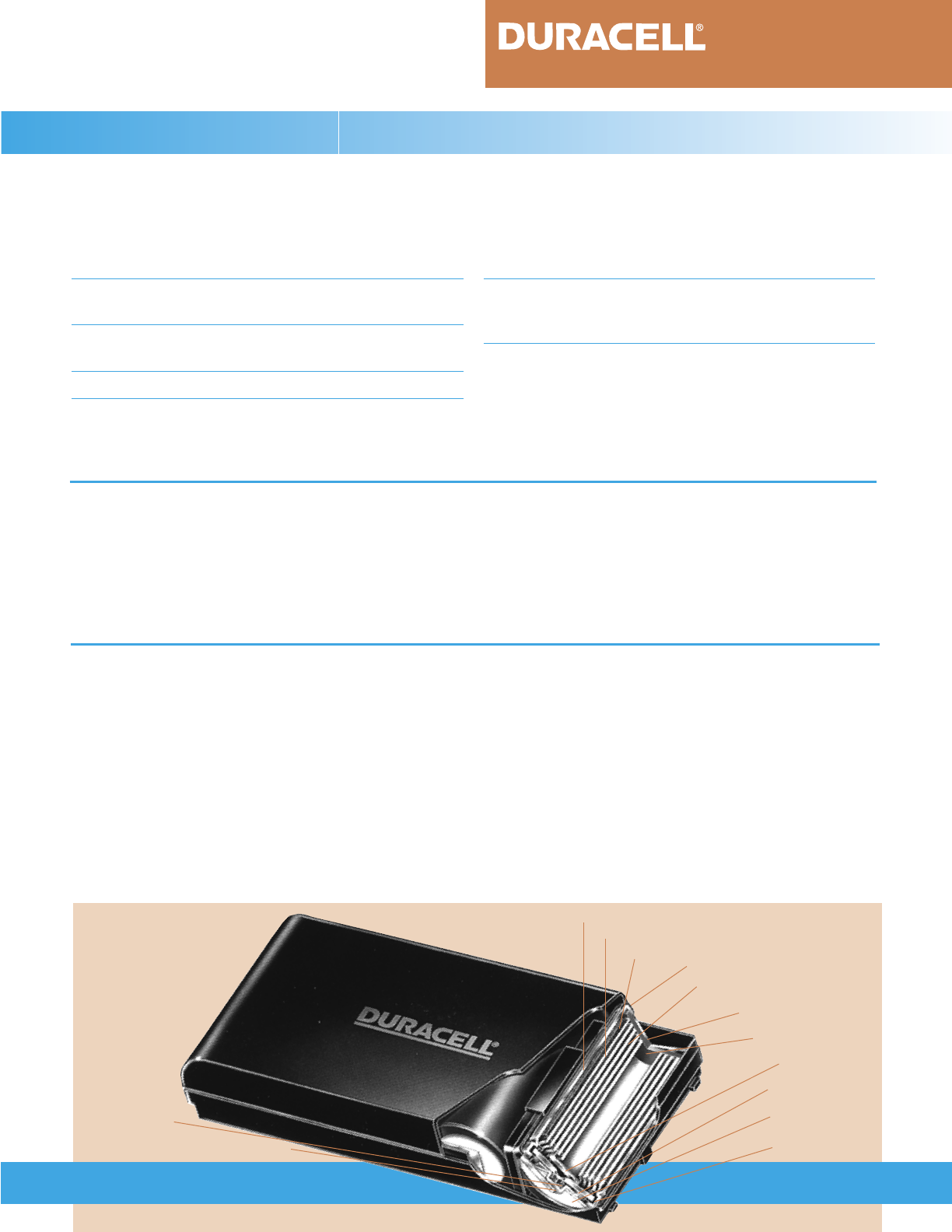
4
Ni-MH Rechargeable Batteries
4
4
Battery Construction
DURACELL standard-sized nickel-metal hydride batteries are constructed with cylindrical and prismatic nickel-
metal hydride cells. DURACELL nickel-metal hydride batteries are a sealed construction designed for optimal perfor-
mance and maximum safety. The batteries are manufactured to strict quality control standards to ensure reliability
and consumer satisfaction and offer such features as:
•
High energy density — Minimizes battery volume
and weight
•
Wide voltage range — Meets operating voltage
requirements of 3C devices
•
Thin profiles — Innovative wall-less design
•
Advanced interconnect — Self securing, voltage-
keyed interconnect provides a highly reliable battery-
to-device contact
•
Durability — Manufactured with LEXAN
®
and
LUSTRAN
®
polycarbonate high impact and flame
retardant polymers
•
UL listing — Independent approval of battery use
in devices
4.1 Basic Cell Construction
4.2 Cylindrical Cell Construction
The electrodes in both cylindrical and prismatic
cell configurations are designed with highly porous
structures which have large surface areas to provide low
internal resistance which results in superior high rate
performance. The positive electrode in the cylindrical
nickel-metal hydride cell is a highly porous nickel-felt
substrate into whichthe nickel compounds are pasted.
Similarly, the negative electrode is a perforated nickel-
plated steel foil onto which the plastic-bonded, active
hydrogen storage alloy is coated.
The assembly of a cylindrical cell is shown in
Figure 4.2.1. The electrodes are separated by the sepa-
rator which is a synthetic, non-woven material that
serves as an insulator between the two electrodes and as
a medium for absorbing the electrolyte. The electrodes
are spirally-wound and inserted into a cylindrical nickel-
plated steel can. The electrolyte is added and contained
within the pores of the electrodes and separator.
The positive electrode is connected to the metal
lid with a tab. The cell is then sealed by crimping the
top assembly to the can. The top assembly incorporates
a resealable safety vent, a metal lid and a plastic gasket.
A heat-shrink tube is placed over the metal can. The
bottom of the metal can serves as the negative terminal
and the metal lid as the positive terminal. The insulator
and gasket insulate the terminals from each other. The
vent provides additional safety by releasing any excess
pressure that may build up if the battery is subjected to
abusive conditions.
FIGURE 4.2.1
LEXAN
®
is a registered trademark of the General Electric Company.
LUSTRAN
®
is a registered trademark of the Monsanto Company.
Metal Can
Separator
Negative Electrode
Insulator
Gasket
Metal Lid
Cosmetic Disk
Heat Shrink Tube
Positive Electrode
Positive Tab
(-) Negative Terminal
(+) Positive Terminal
Safety Vent



